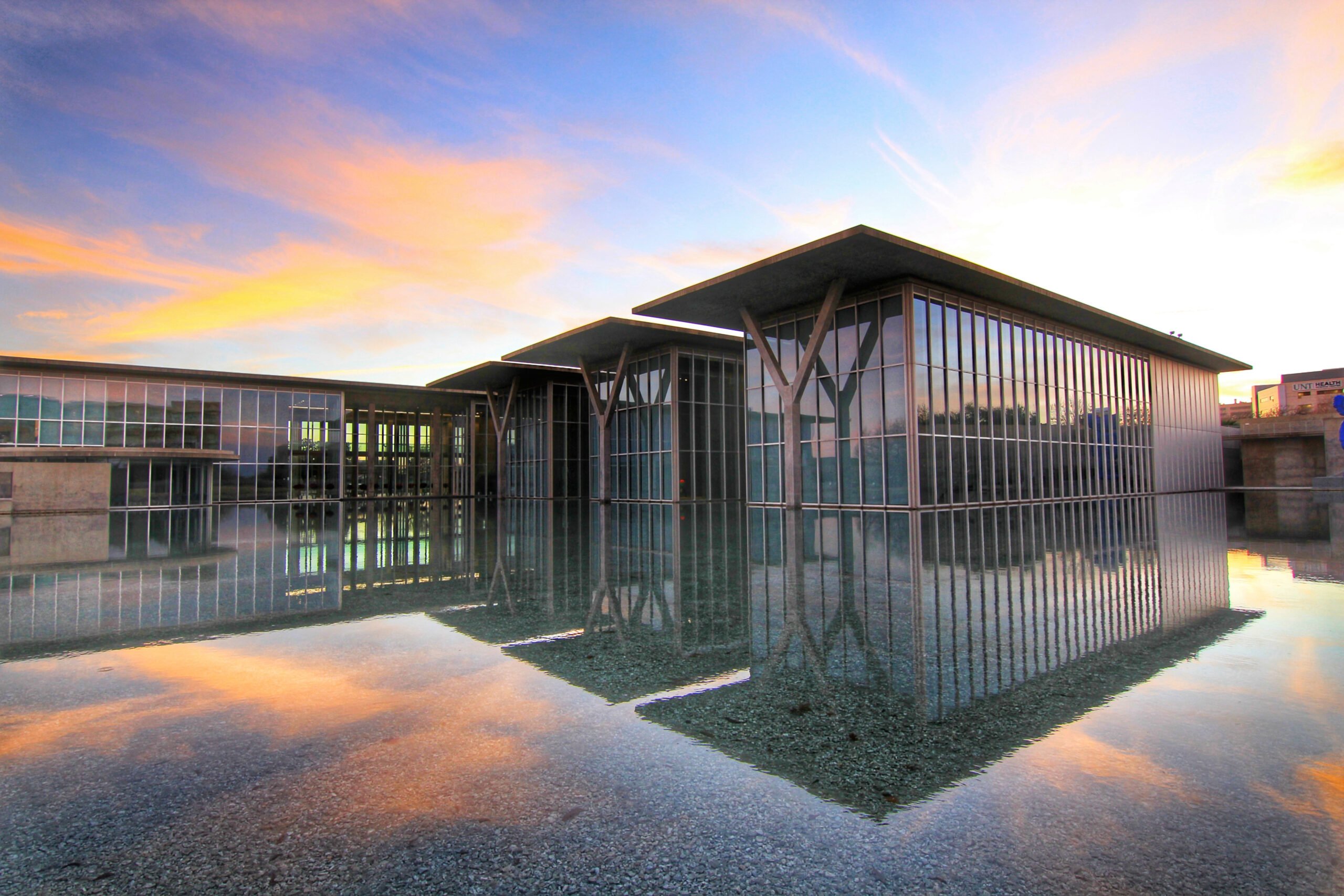ustxtxb_obs_2006_11_17_50_00008-00000_000.pdf
Page 8
These materials provide a window into a unique era, a formative period of creativity, iconoclasm, and growing political consciousness that would evolve into a major social movement, one in which Austin played a significant role. They show how the authorities reactedoften overreactedand how little they really understood about what was happening in the streets. Much of the material focuses on SDS \(the Students for on campus and was the heart of the antiwar and New Left movement in Austin and throughout the country. The files on SDS reveal the names of two student informers: one, Jeff Gardner, was a treasurer of the local SDS chapter, though not a significant leader in the group. The second, John Economidy, was editor of the Daily Texan, the UT student newspaper. There are signed memos to Chief Hamilton concerning SDS activities from both of them. Gardner provides detailed accounts of SDS meetings and functions, factional splits, national policy, and the comings and goings of members. Economidy was an archconservative. Kaye Northcott, a former Observer editor, recounted Economidy’s initial appearance at the Daily Texan in the first issue of the Austin underground paper The Rag in October 1966. He “made a grand entrance into the office wearing an Air Force ROTC uniform and carrying a makeshift swagger stick. He marched to the copy desk, banged the stick on the table rim, and announced, ‘General John is HERE!'” Economidy ran the Daily Texana newspaper that rabble-rousing editor Willie Morris had transformed into the conscience of the university a decade earlieras something resembling an administration PR sheet. In one note found in the files, informant Economidy says, “Chief Hamilton—Here is the list of persons which I promised you” and adds “I’ll get you the negatives of the shots I took Tuesday at the latestf In another, he alerts the chief to two upcoming rallies and offers further help, providing his phone numbers. Today, Economidy lives in San Antonio, where he is a criminal defense attorney specializing in military cases. Reached by telephone, he volunteered that he had provided information and photographs to Lt. Burt Gerding of the Austin Police Departmentwho worked closely with Chief Hamiltonas well as to the campus police. Asked if, in retrospect, he saw this as a conflict of interest with his position as editor of the Daily Texan, he said, “No doubt about it. As a journalist, it definitely was not appropriate.” Photographs contained in the files appear to be surveillance shots of individual activists as well as antiwar and civil rights demonstrations and “happenings” like Gentle Thursday, a peaceful campus event organized by SDS. On many of the photos, names are scrawled in the margins; in others, arrows point to individuals. The files on campus radicals include a list of over 250 names of people “associated with SDS” with addresses, phone numbers, hometowns, high schools attended, and other background information such as fathers’ names and occupations. Sometimes they include physical descriptions: Vicky Kirk is a “colored female;” Gary Chason is “growing a beard.” There is similar information on the campus Committee to End the War in Vietnam and other groups. Highlighting the administration’s somewhat compulsive interest in students’ sexual activities, there is an entire page of background on Thomas Lee Maddux, “white male… subject is allegedly heading the Texas Student League for Responsible Sexual Freedomf The file includes membership lists and other information about this group, an insignificant and short-lived organization. There are clippings and notes about The Rag, a pioneering member of the underground press. They document conflicts between Rag vendors and campus police and the administration’s move to ban distribution of the underground paper on the UT campus. \(The Rag sued and eventually the Much of the material in Chief Hamilton’s files centers on early Austin countercultural figures, musicians and literary types, especially those associated with the “Ghetto”an old wooden Army barracks in the 2800 block of Nueces on the west side of campus that was home and/or home base to much of the hipster cognoscenti. The police also seemed focused on the activity of the staff of the Texas Ranger, the campus humor mag that incubated a number of major artistic and literary talents. Janis Joplin numbered among those that the police associated with the Ghetto. In one entry, beside her name are scribbled the words “…suspected of bringing in amphetamines, Dexedrine, etc.” Other members of the Ghetto crowd mentioned in the files are musician Powell St. John, who would be a pioneer of the San Francisco psychedelic rock scene; cartoonist Gilbert Shelton, who was to create the iconic Fabulous Furry Freak Brothers strip that appeared in The Rag and other underground papers all over the world; and the late William Brammer, a former Observer editor whose book The Gay Place would be recognized as perhaps the finest novel about Texas politics. Visiting poets Allen Ginsberg and Lawrence Ferlinghettiinvited for poetry readingsare cited in handwritten notes. \(Ginsberg is identified as the “hippies poet.” About Ferlinghetti, Texas Observer ediAs a service to readers, the Observer has indexed and posted online the entire archive of former UT-Austin campus police chief Allen Hamilton’s files. The photographs, surveillance reports and other records can be found at www.texasobserver.org 8 THE TEXAS OBSERVER NOVEMBER 17, 2006


